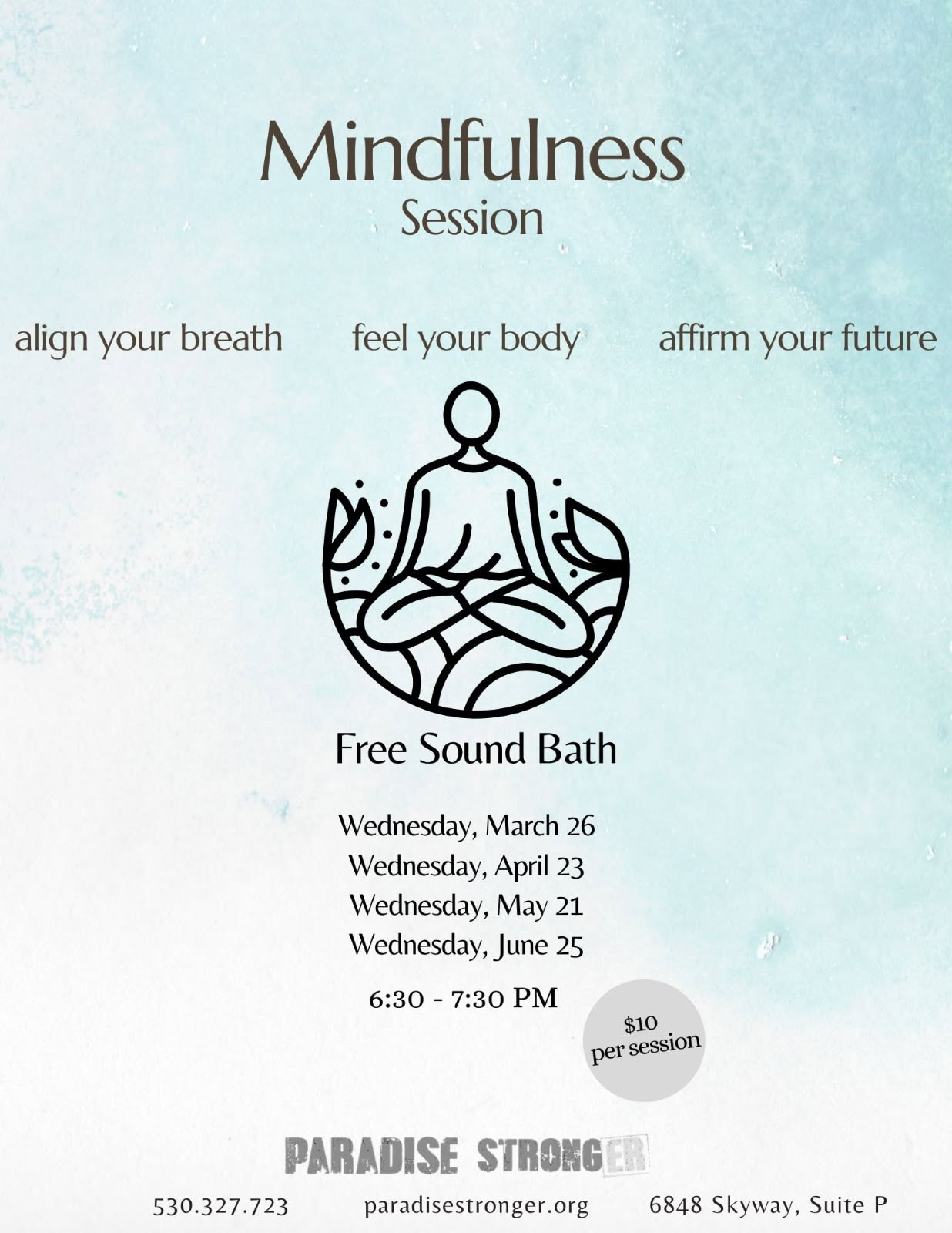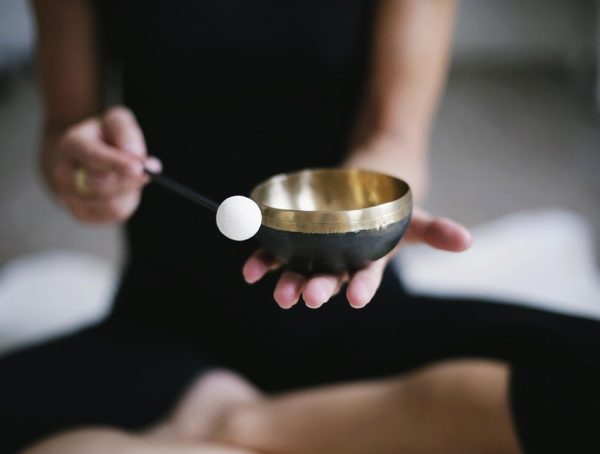How to Start Mindfulness Meditation for Your Anxiety
Life can often feel overwhelming. As we juggle responsibilities, navigate relationships, and face the uncertainties of daily life, anxiety can seep in, leaving us feeling stressed and out of control. Amid this chaos, a powerful tool awaits – mindfulness meditation. This practice not only promotes relaxation but also helps cultivate awareness and presence, effectively reducing anxiety. If you’re ready to introduce mindfulness meditation into your life, let’s explore how to get started.
Understanding Mindfulness Meditation
Mindfulness is the practice of being present in the moment without judgment. Mindfulness meditation involves focusing on your breath, sensations in your body, and the environment around you. By directing your attention to the present, you can create a mental space that allows anxiety thoughts to pass without clinging onto them.
Action Steps to Start Mindfulness Meditation for Anxiety
1. Create a Comfortable Space
Finding a dedicated space for your practice is crucial. Choose a quiet area in your home where you can sit comfortably and be free from distractions. This could be a corner of your room, a peaceful spot in your garden, or any place that feels calm and serene. Make this space inviting by including cushions, blankets, or even soft lighting.
2. Set a Specific Time
Consistency is essential when developing a meditation practice. Choose a time each day for your practice, whether in the morning to start your day with focus or in the evening to unwind before bed. Initially, aim for 5-10 minutes and gradually increase the duration as you become more comfortable.
3. Maintain a Comfortable Posture
Your physical posture can significantly impact your experience. Sit in a comfortable position, whether cross-legged on the floor or on a chair with your feet flat on the ground. Keep your back straight to promote alertness but relaxed enough to allow ease in your breathing. Rest your hands on your knees or in your lap, palms facing up or down.
4. Focus on Your Breath
Begin your meditation by taking a few deep, cleansing breaths. Inhale slowly through your nose, allowing your chest and abdomen to expand, and then exhale gently through your mouth. After this, let your breath return to its natural rhythm. Focus your attention on the sensation of your breath as it enters and exits your nostrils or the rise and fall of your belly. Whenever your mind starts to wander, gently guide your thoughts back to your breath.
5. Acknowledge Your Thoughts and Feelings
As you meditate, thoughts and feelings may arise—this is perfectly normal. Instead of trying to suppress or control them, acknowledge them as they come. Imagine your thoughts as clouds drifting across the sky; observe them, but allow them to pass without attachment. You’re not here to judge or analyze; just be present with whatever surfaces.
6. Body Scan Technique
To further connect with your body, you can incorporate a body scan into your meditation. After focusing on your breath, gradually shift your attention through different parts of your body, starting from your head and moving down to your toes. Notice any sensations, tension, or discomfort without judgment. This practice enhances body awareness and can help reduce anxiety by recognizing where you might be holding stress.
7. Practice Gratitude
At the end of your meditation session, take a moment to reflect on something you’re grateful for. This could be a small aspect of your day or a larger presence in your life. Fostering gratitude can enhance your overall well-being and diminish feelings of anxiety.
8. Regular Practice
To reap the benefits of mindfulness meditation, it’s essential to make it part of your routine. Even when life feels busy, prioritizing your practice can serve as a powerful anchor amidst chaos. Aim for daily practice, but also be flexible. If you miss a day, be kind to yourself and return to your practice when you can.
9. Explore Guided Meditations
If you’re feeling uncertain about meditating alone, consider using guided meditations. There are numerous apps and online platforms available that provide meditation sessions specifically designed for anxiety. These resources can offer structure and reassurance as you establish your practice.
10. Join a Community
Sometimes, meditating in solitude can feel isolating. Seek out a community of like-minded individuals who share your interest in mindfulness meditation or anxiety management. Many cities offer classes or support groups, and online communities can be just as effective. Sharing your journey with others can inspire growth and accountability.
The Benefits of Mindfulness Meditation
The beauty of mindfulness meditation lies in its accessibility and effectiveness in managing anxiety. Research has shown that regular mindfulness practice can lead to decreased levels of anxiety, improved emotional regulation, and greater overall well-being. Consistent practice also fosters self-compassion, helping you respond to anxiety with kindness rather than self-judgment.
Final Thoughts
Starting a mindfulness meditation practice is a powerful decision towards managing anxiety. As you cultivate a habit of embracing the present moment, you will develop resilience in the face of life’s challenges. Remember that mindfulness is a journey, not a destination. Be patient with yourself as you cultivate this new practice—transformation takes time.
"Your present circumstances don’t determine where you can go; they merely determine where you start." – Nido Qubein
If you found this article helpful and want to explore more about mindfulness and wellness, consider following Kevin on Instagram (@KSteineman) for more tips and inspiration on living your healthiest, happiest life.
You might also like
More from Meditation
The Role of Mantras in Transcendental Meditation: A Deep Dive
The Role of Mantras in Transcendental Meditation: A Deep Dive Transcendental Meditation (TM) has garnered a significant following across the globe, …
The Science Behind Meditation: Improving Mental Health Naturally
The Science Behind Meditation: Improving Mental Health Naturally In today's fast-paced world, the pursuit of mental wellness has become paramount. Thousands …
Understanding the 7 Types of Meditation for Beginners
Understanding the 7 Types of Meditation for Beginners: A Path to Inner Peace Meditation has become a popular practice in recent …


































